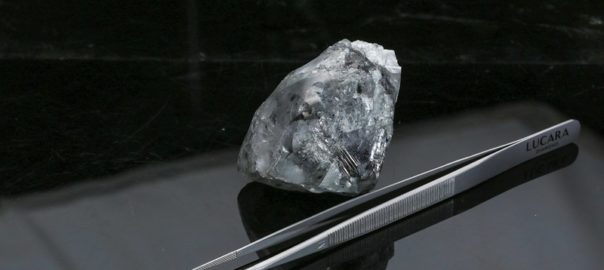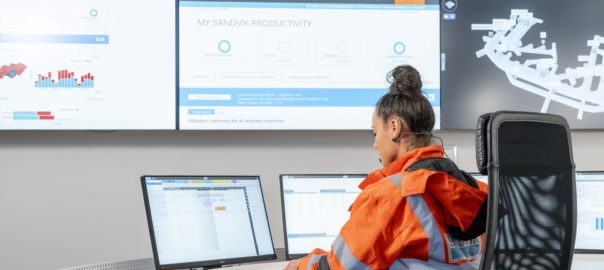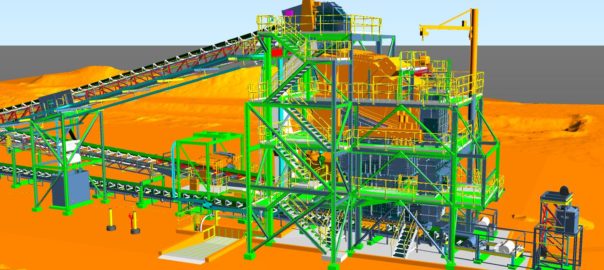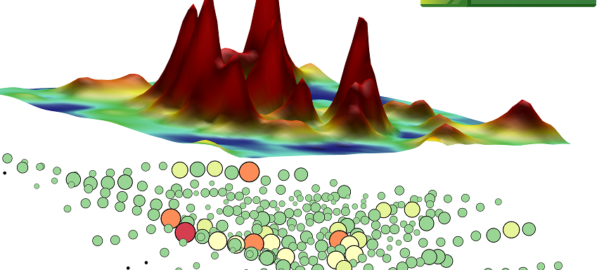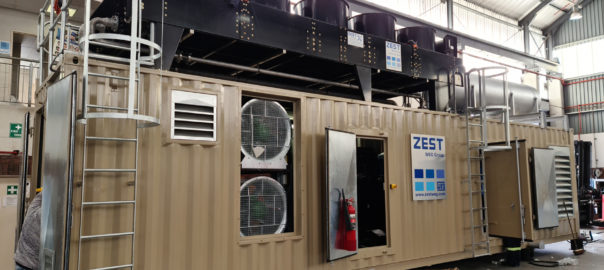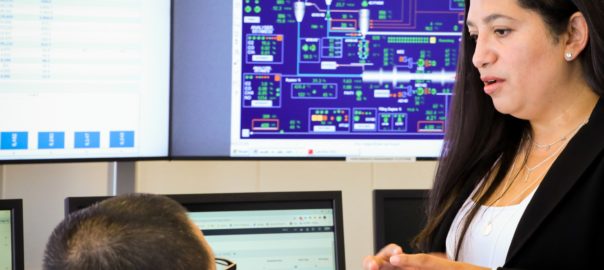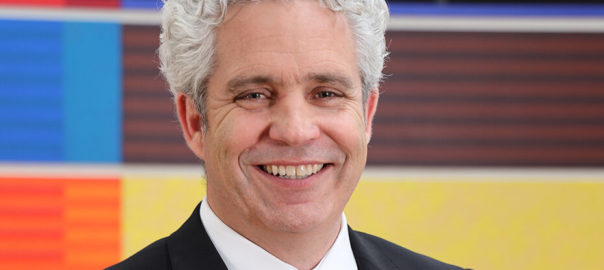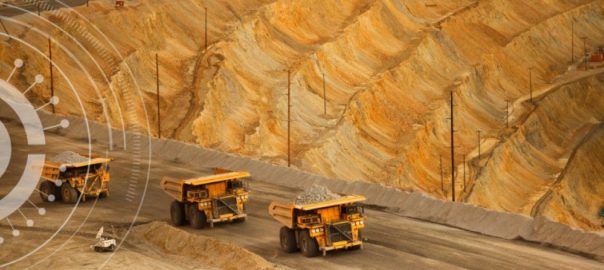DMT Group has launched a new online resource to support domestic and international owners and operators of critical infrastructure, offering, it says, a full portfolio of supporting services for vital systems and assets including mining operations.
The ‘Resilience Matters’ online platform provides a broad spectrum of engineering and consultancy services designed to plan, build, support and maintain critical infrastructure across administration, energy, transport, health, and water, the company says.
This platform will act as a one-stop information touchpoint for all stakeholders and will be supported by a live-chat service with DMT’s experts, DMT said.
DMT’s offering ensures industries have access to reliable services in close digital or virtual proximity to their assets, providing remote and on-site services to enable consistent support for critical assets internationally.
“Throughout 2020, a series of travel and entry restrictions have severely reduced international mobility, and limited access for foreign nationals travelling via air, rail, water and road,” DMT said. “Many owners and people responsible for critical infrastructure rely on different subcontractors and international consultants to deliver and monitor critical services, the provision of which has been severely affected by the COVID-19 restrictions.
“As countries consider further lockdown actions into 2021, DMT’s agile ‘Resilience Matters’ approach offers comprehensive in-house support, ensuring the continuity of service regardless of current and future periods of uncertainty.”
Jens-Peter Lux, Managing Director and Critical Infrastructure Ambassador of DMT, said: “The past eight months have shown how quickly our expectations of the modern world can be upended, but critical infrastructure is too important to leave to chance. We need a rethink on how these systems and assets are protected, and there is an important role that DMT Group can play by bringing some certainty to uncertain times.
“In the months ahead, we must all work together to move past the damage and disruption of COVID-19 and our single point of information service for critical infrastructure will help to keep vital infrastructure online and in good health.”
DMT is proposing a new set of minimum mandatory criteria for engineering and consultancy around critical infrastructure to improve the resilience of assets and systems. The criteria are: proximity to assets; advanced digitisation status; redundant reserves; agility; completeness of in-house service offering; personnel contingency; and long-term relationships.
The company’s support of critical infrastructure assets includes motorways, power stations, mine shafts, healthcare facilities, waterways, bridges, structures and tunnels.









